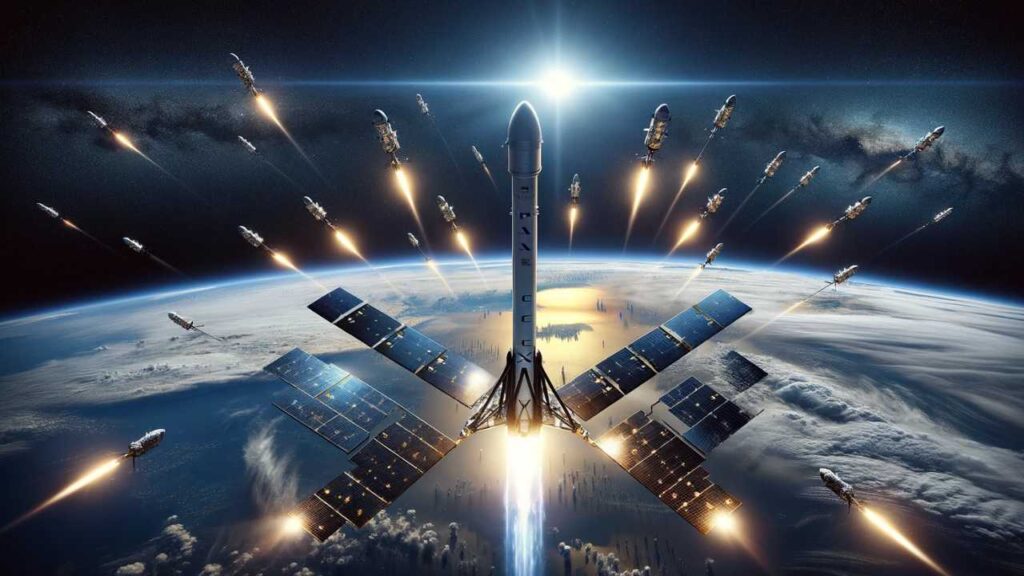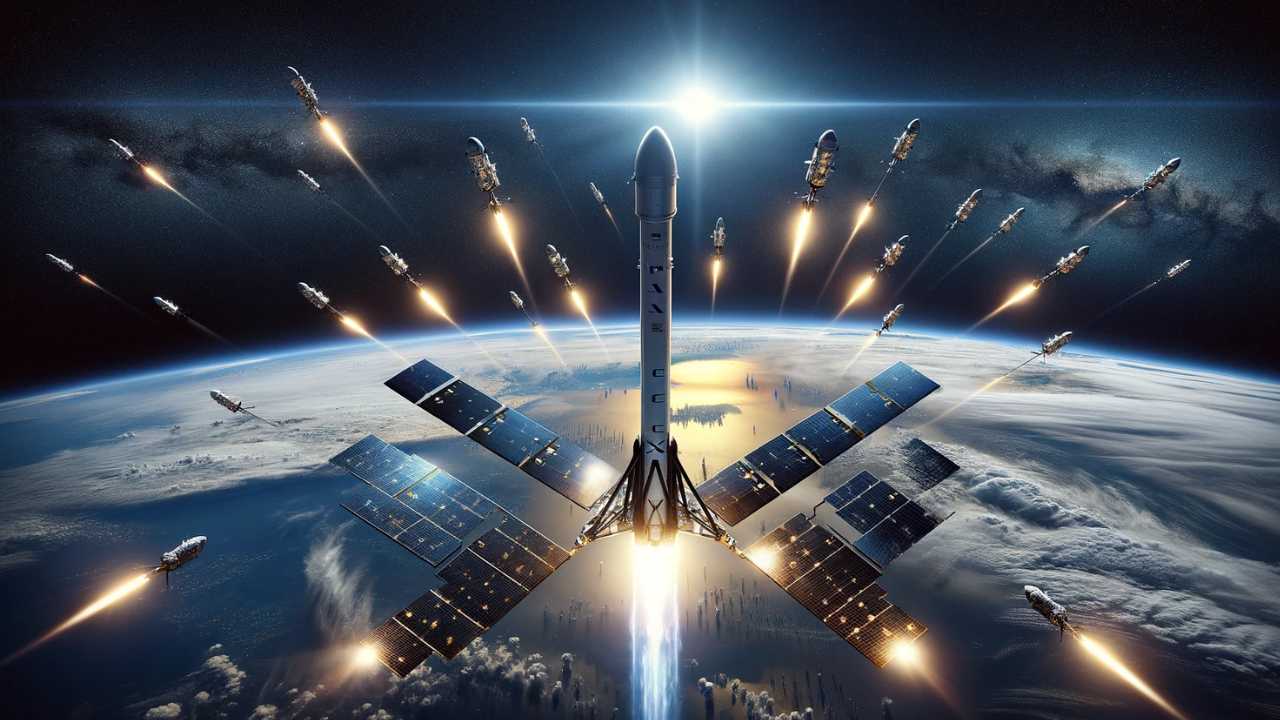SpaceX, Transporter-10, Falcon 9, satellite launch, rideshare mission, cubesats, nanosats, Vandenberg Space Force Base, aerospace, space exploration, private spaceflight, satellite technology, orbital launch, space industry news, space missions 2024
Discover SpaceX’s groundbreaking Transporter-10 mission, which successfully deployed 53 satellites for various private entities from Vandenberg Space Force Base. This mission, marking SpaceX’s 20th Falcon 9 launch of 2024, showcases the company’s commitment to revolutionizing access to orbit through rideshare missions. Explore the capabilities of the satellites launched, including True Anomaly’s Jackal spacecraft and the Aires satellite by Apex, and learn about the significance of this mission in the context of SpaceX’s ambitious launch schedule for the year.

SpaceX’s Landmark Transporter-10 Mission
In a landmark event that underscores the growing dynamism of commercial space exploration, SpaceX, the pioneering space exploration company, successfully launched the Transporter-10 mission. This mission, which took off precisely at 5:05 p.m. ET on March 4, 2024, from the Space Launch Complex 4E (SLC-4E) at Vandenberg Space Force Base in California, represents a significant milestone in SpaceX’s ambitious launch calendar for the year.
A Diverse Array of Satellites for Private Customers
The Transporter-10 mission is particularly noteworthy for its payload: a diverse batch of 53 satellites destined for various orbits. This assortment includes True Anomaly’s Jackal spacecraft, an eclectic mix of cubesats and nanosats, and the Aires satellite constructed by Apex, a spacecraft manufacturer. The Aires satellite is especially intriguing as it hosts multiple payloads, showcasing the versatility and utility of SpaceX’s rideshare missions. These satellites, assuming the mission proceeds as planned, were all deployed approximately 2 hours after liftoff, marking a complex yet successful operation in SpaceX’s growing portfolio.
Record-Breaking Launch Cadence and Reliability
This launch not only adds to SpaceX’s impressive tally for the year, marking its 20th Falcon 9 launch of 2024 but also highlights the company’s ambitious target of 144 launches throughout the year. Achieving such a feat would not only shatter previous records but also emphasize SpaceX’s unparalleled capabilities in operational efficiency and rapid launch turnaround.
Furthermore, the successful landing of the Falcon 9’s first-stage booster at Landing Zone 4 (LZ-4) at Vandenberg—just 7 minutes and 40 seconds after liftoff—underscores SpaceX’s commitment to reusability and sustainability in space exploration. This event marks the company’s 280th successful booster landing, a testament to the reliability and precision engineering that SpaceX brings to the fore.
Advantages of Rideshare Missions
The Transporter-10 mission highlights the significant advantages of SpaceX’s rideshare program. By offering a more affordable and convenient option for private companies to send their satellites into space, SpaceX is democratizing access to space. This approach not only reduces costs for these entities but also accelerates the timeline for satellite deployment, enabling a broader range of organizations to benefit from space-based technologies.
Deployment Complexity and Technical Mastery
The complexity of deploying 53 payloads into different orbits cannot be understated. The mission’s phased deployment, beginning approximately 53 minutes into the flight, showcases SpaceX’s technical mastery and operational excellence. Such complexity is managed through the precision of the Falcon 9’s second-stage Merlin vacuum engine and the meticulous planning and execution by SpaceX’s engineering teams.
A Reused Booster’s Proven Track Record
The Transporter-10 mission also served as the fifth flight for the B1081 Falcon 9 booster, which has a distinguished history of supporting significant missions, including the international Crew-7 astronaut mission, the CRS-29 cargo flight to the ISS, a batch of Starlink satellites, and NASA’s PACE satellite that observes the ocean. The successful reuse of this booster for the Transporter-10 mission further validates SpaceX’s reusability model, which aims to reduce the cost of access to space dramatically.
Conclusion
SpaceX’s Transporter-10 mission is a vivid illustration of the company’s leading role in the commercial spaceflight industry. Through its innovative approach to satellite deployment, commitment to sustainability, and relentless pursuit of ambitious launch schedules, SpaceX is not just advancing its own interests but is also driving the entire industry forward. As we look to the future, missions like Transporter-10 will likely be remembered as key milestones in humanity’s quest to explore and utilize space for a broad range of applications, from scientific research to global communications and beyond.
Other Links-
